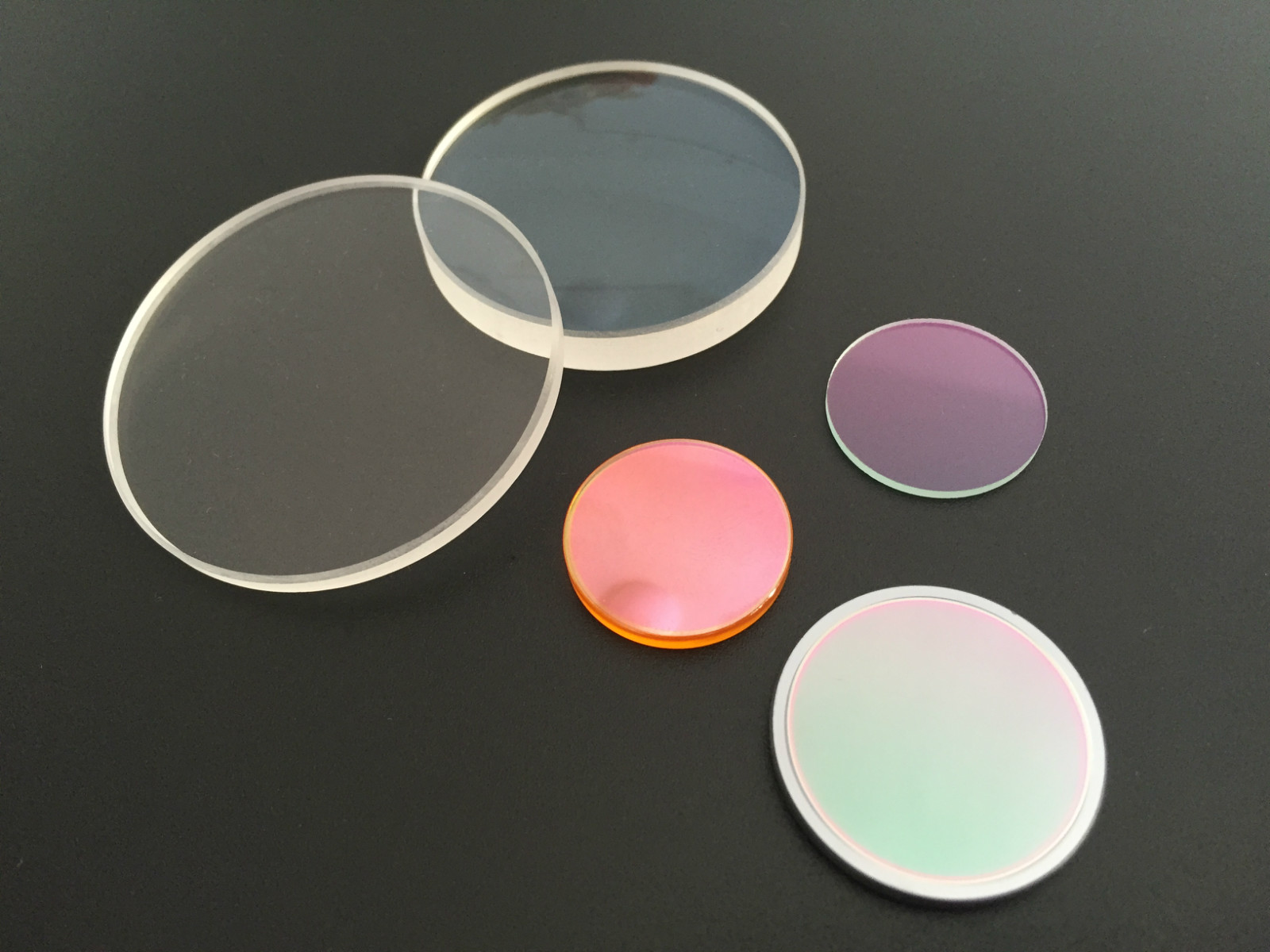
Last week, Google introduced the 3D object library Poly, a one-stop shop for virtual reality (VR) and augmented reality (AR) developers to find projects and publish their projects. Recently, Google released a new Space Audio Software Development Kit (SDK) to continue its efforts to make immersive content creation easier so that developers can add high-quality immersive sound effects to their experience.
The software, called Resonance Audio, is based on technology in the Google VR Audio SDK and can work on both mobile and desktop platforms.
3D audio is an important part of any virtual reality experience, such as any enemy attacking from the back, but also changing based on location and movement. So the SDK uses a highly optimized digital signal processing algorithm based on higher-order high-fidelity stereophonic reproduction to spatialize hundreds of simultaneous 3D sound sources without compromising audio quality.
Google also partnered with Unity to launch a new feature for pre-calculating highly realistic reverb effects to accurately match the acoustic characteristics of the environment, significantly reducing CPU usage during playback.
"We know how important it is for audio solutions to seamlessly integrate with your preferred audio middleware and sound design tools. With Resonance Audio, we have released a cross-platform SDK for Audio Engines and Digital Audio Workstations (DAWs) to streamline workflows. Lets you concentrate on making more realistic audio."
"The SDK can run on Android, iOS, Windows, MacOS and Linux platforms and provides integration with Unity, Unreal Engine, FMOD, Wwise, and DAW. We also provide local support for C/C++, Java, Objective-C and Web. API."
Resonance Audio's capabilities include tools for accurately modeling complex sound environments, enabling developers to control the direction of sound waves propagating from the sound source, or automatically present near-field effects when the sound source is near the listener's head.
Reasonable selection of materials (texture, bubbles, impurities, uniformity); When grinding, it is considered that there is no scattering (scratch, dent, gloss) when it is used for interference light.
It is possible to provide an anti reflection multilayer lens without coating and coated with a visible band domain.
The focal length of a single lens is the distance from the main point to the focus. The design wavelength of the lens is 546.1 nm (E-line of green mercury line). Since the focal length changes with the wavelength, when it is used for other wavelengths, the focal length also changes.

Concave Lens,Optical Concave Lens,Plano Concave Lens,Glass Concave Lens
Hanzhong Hengpu Photoelectric Technology Co.,Ltd , https://www.hplenses.com
![<?echo $_SERVER['SERVER_NAME'];?>](/template/twentyseventeen/skin/images/header.jpg)